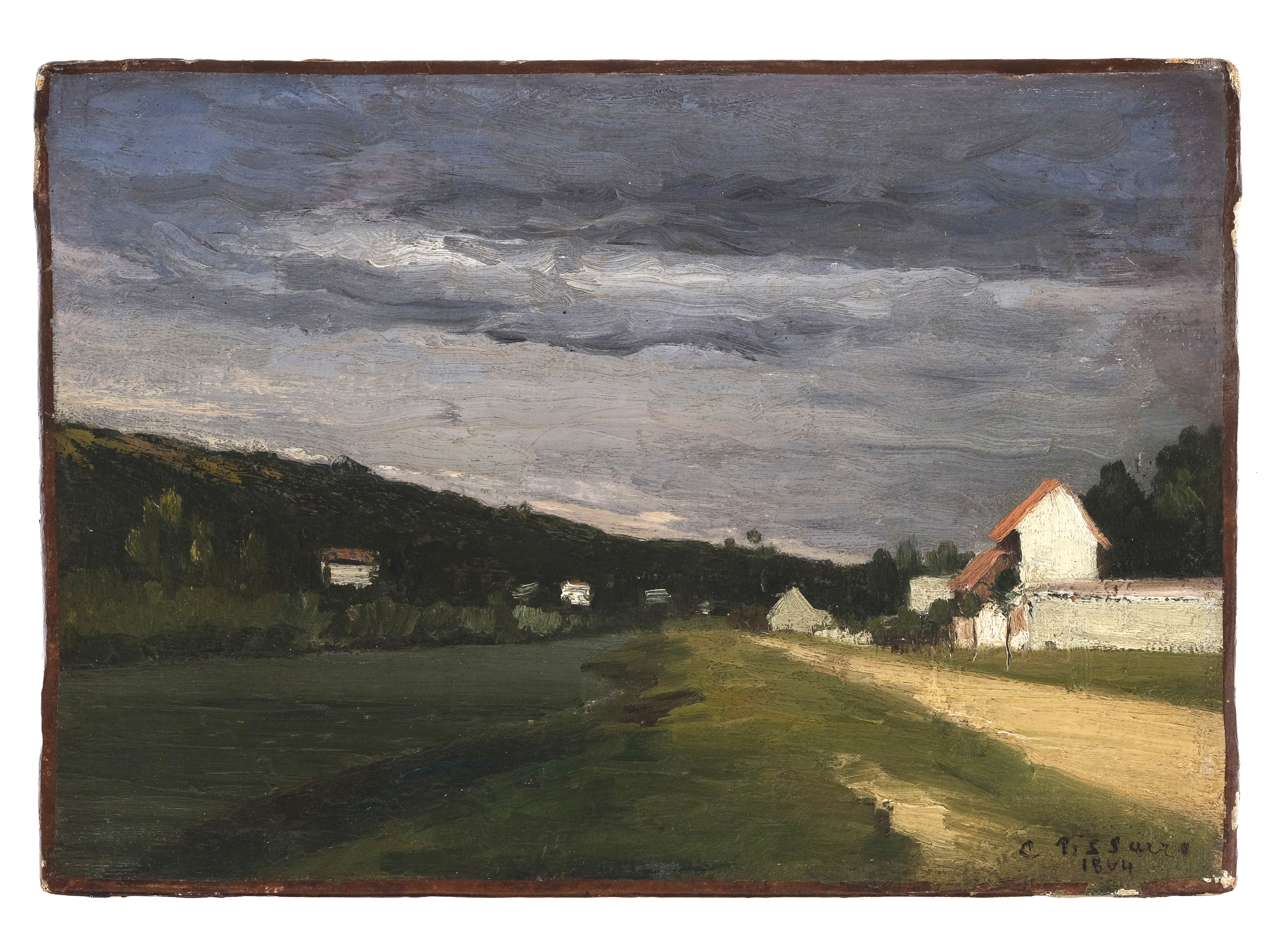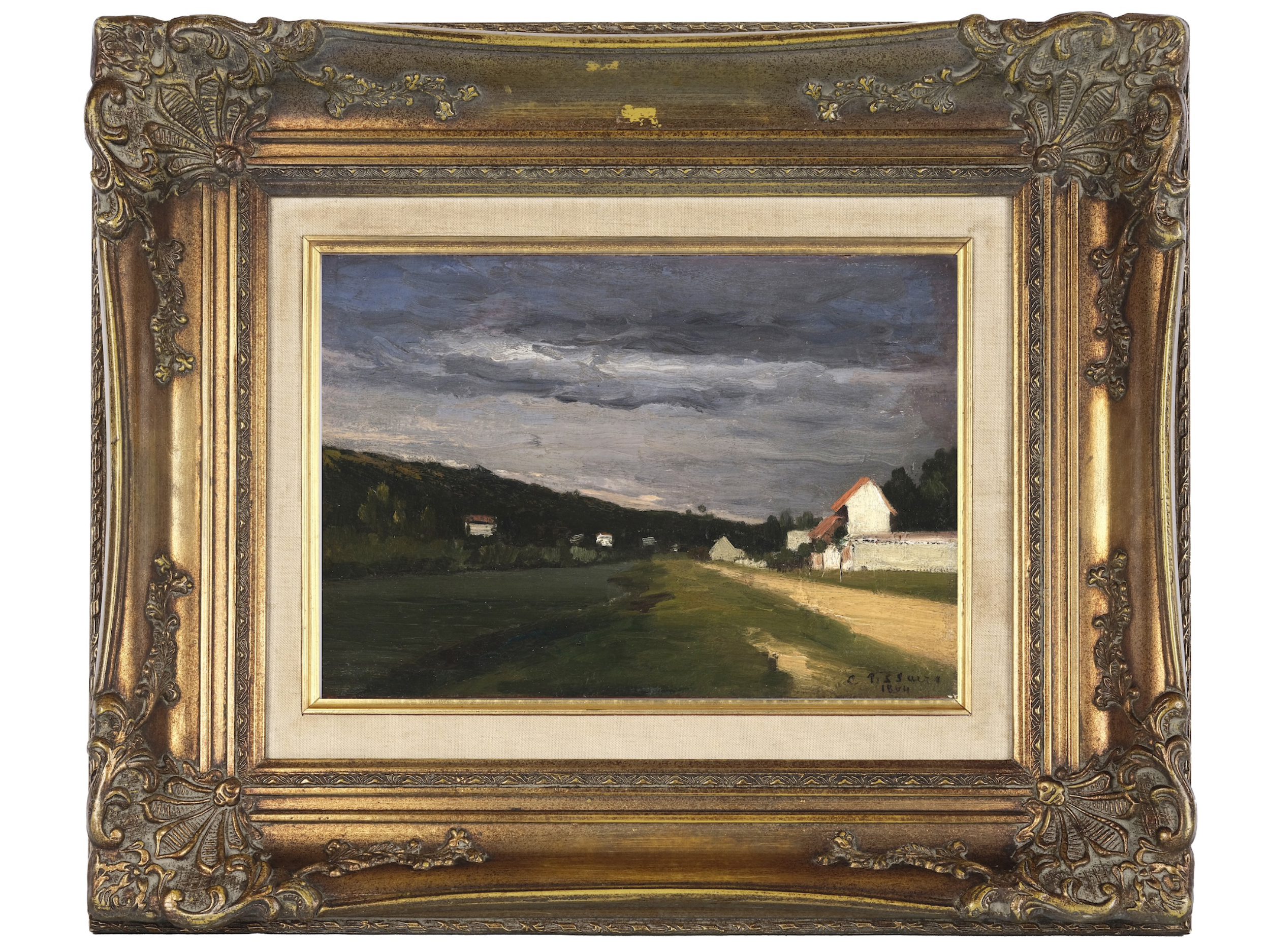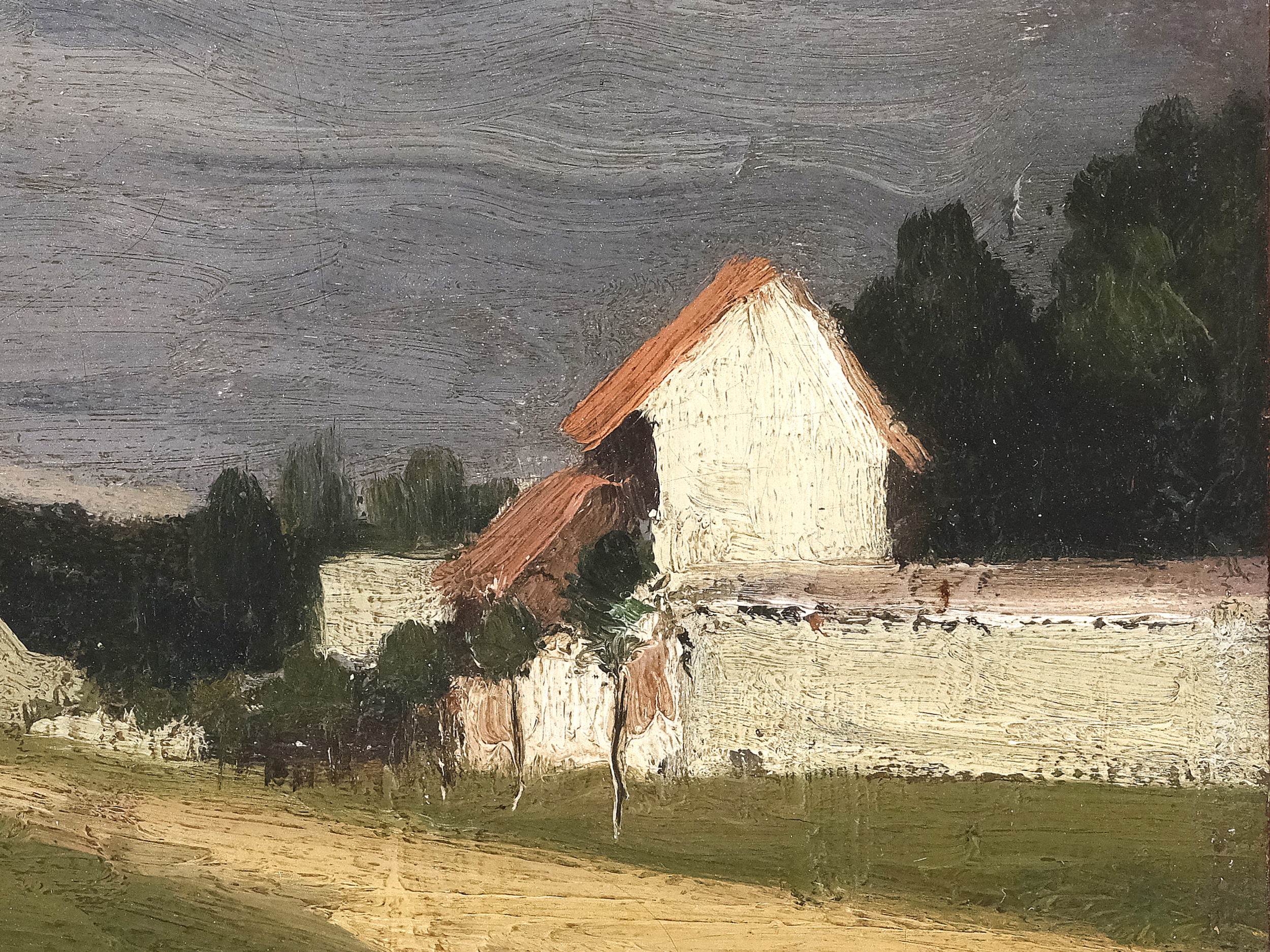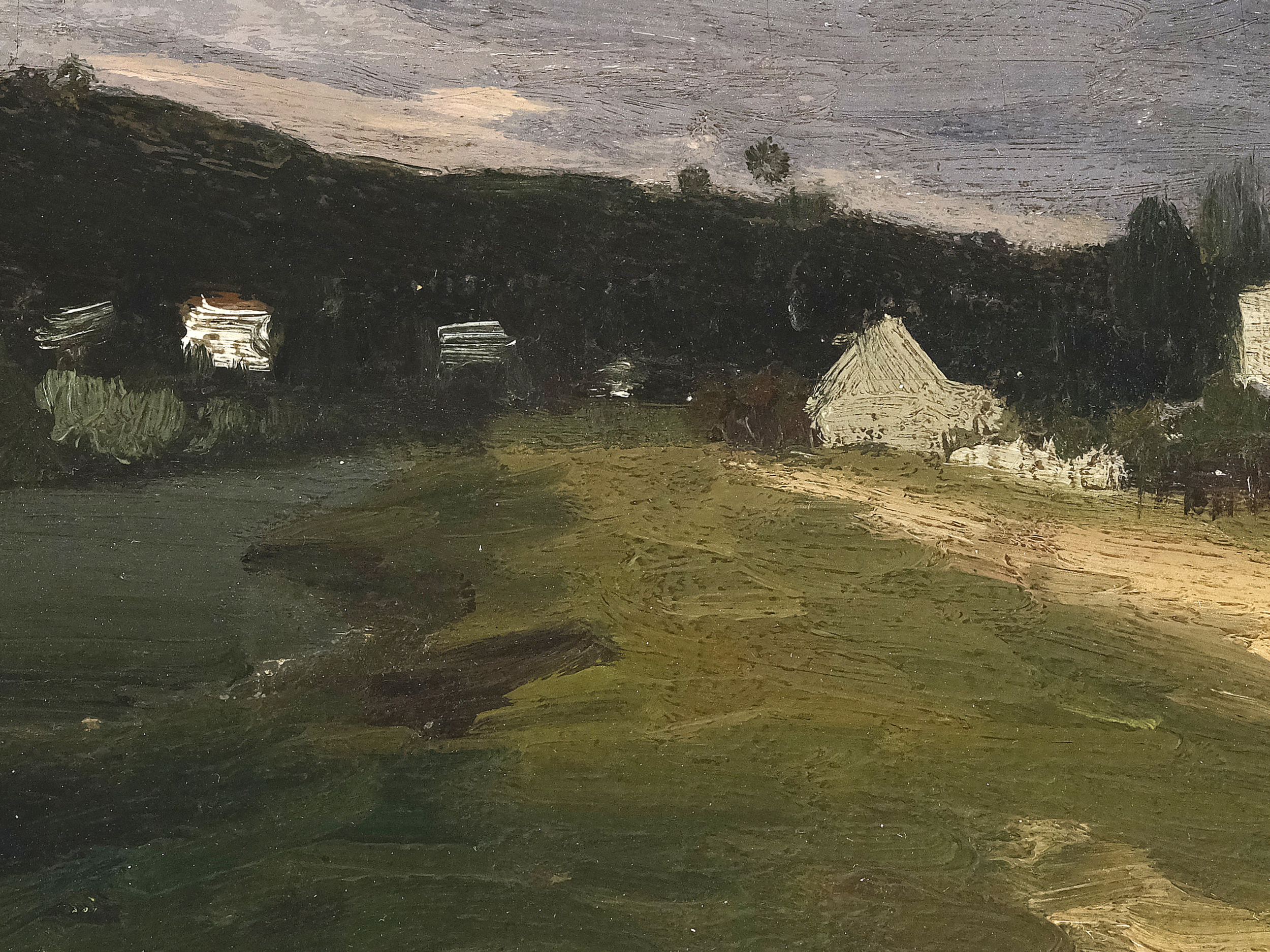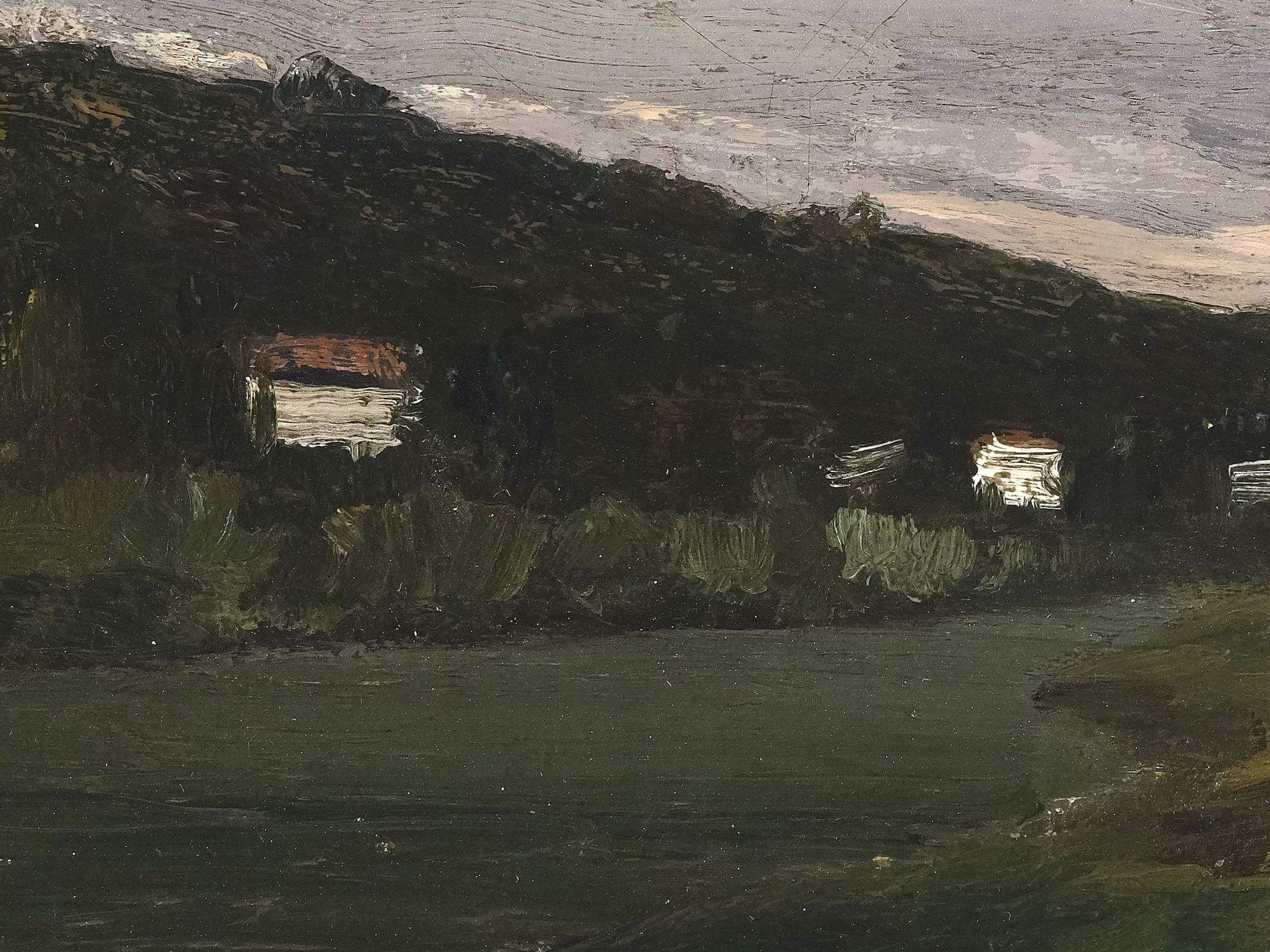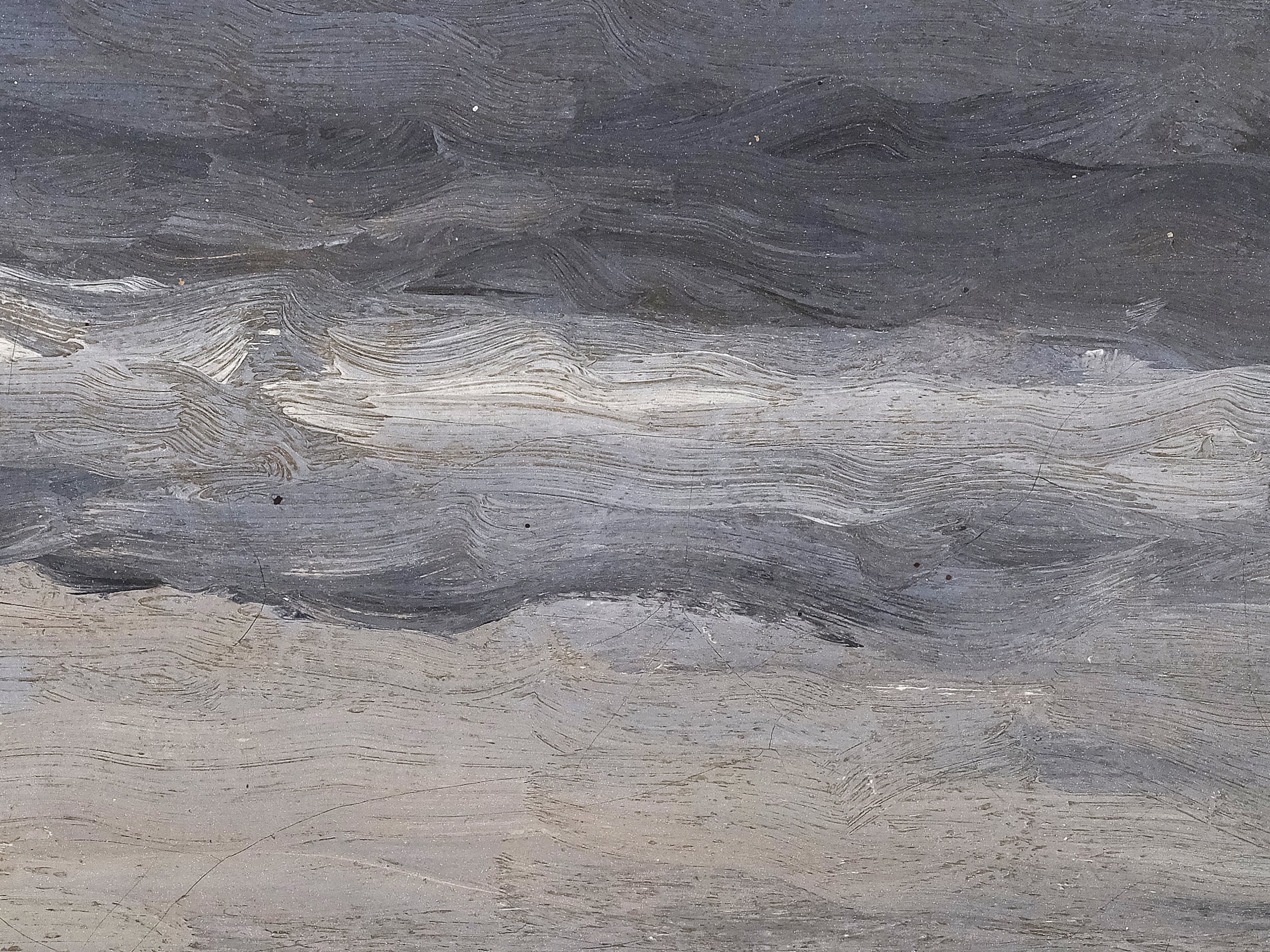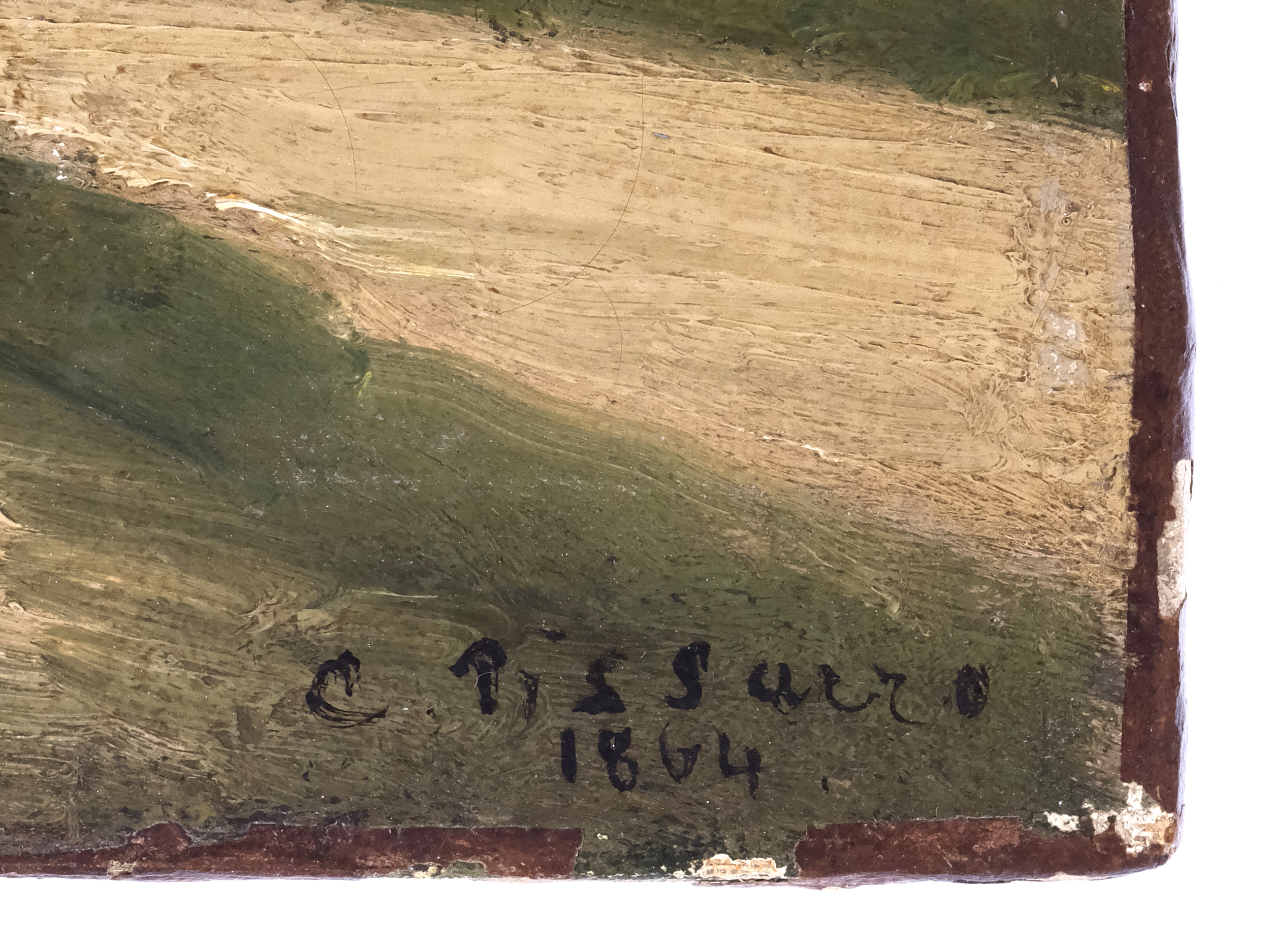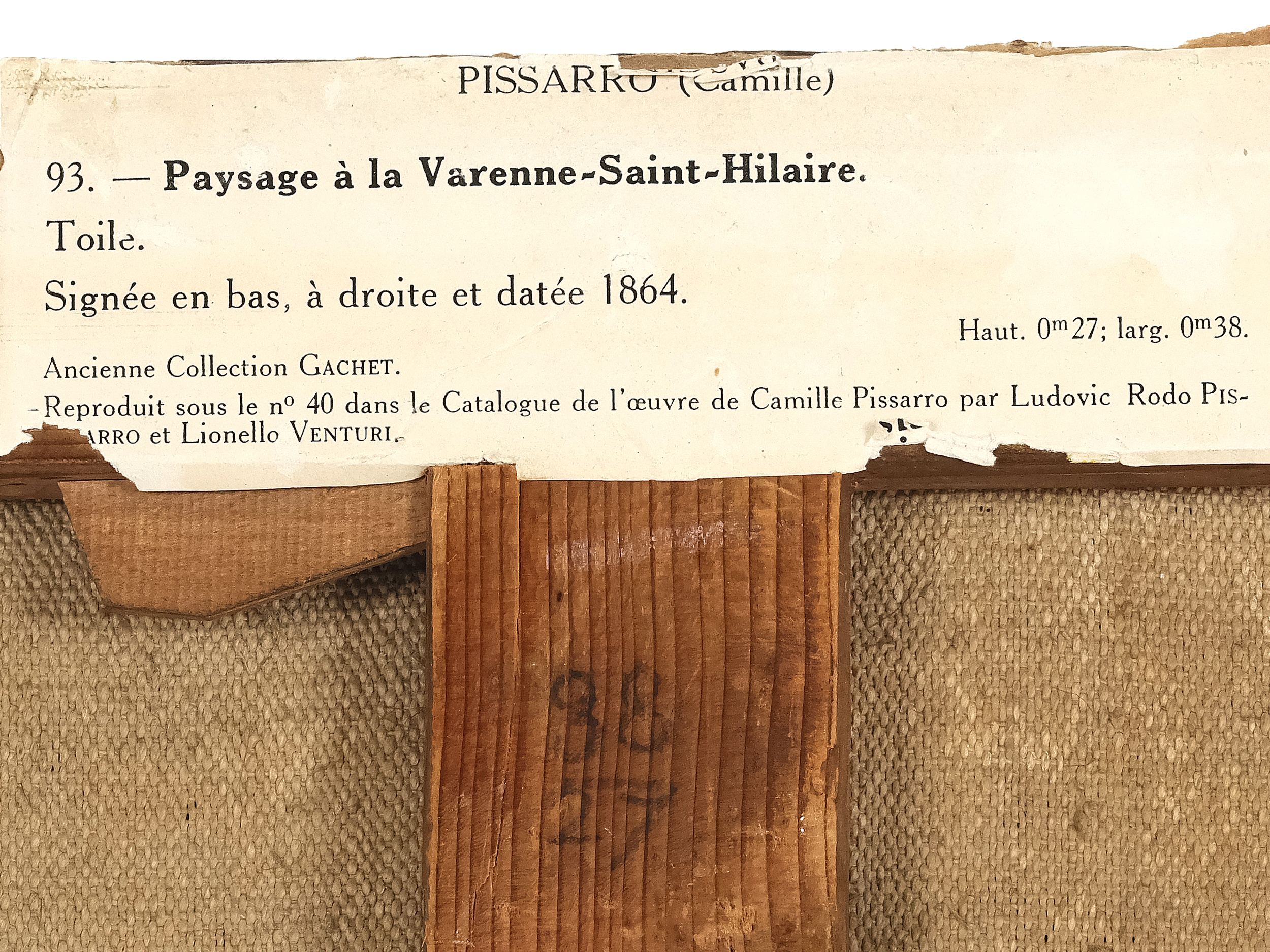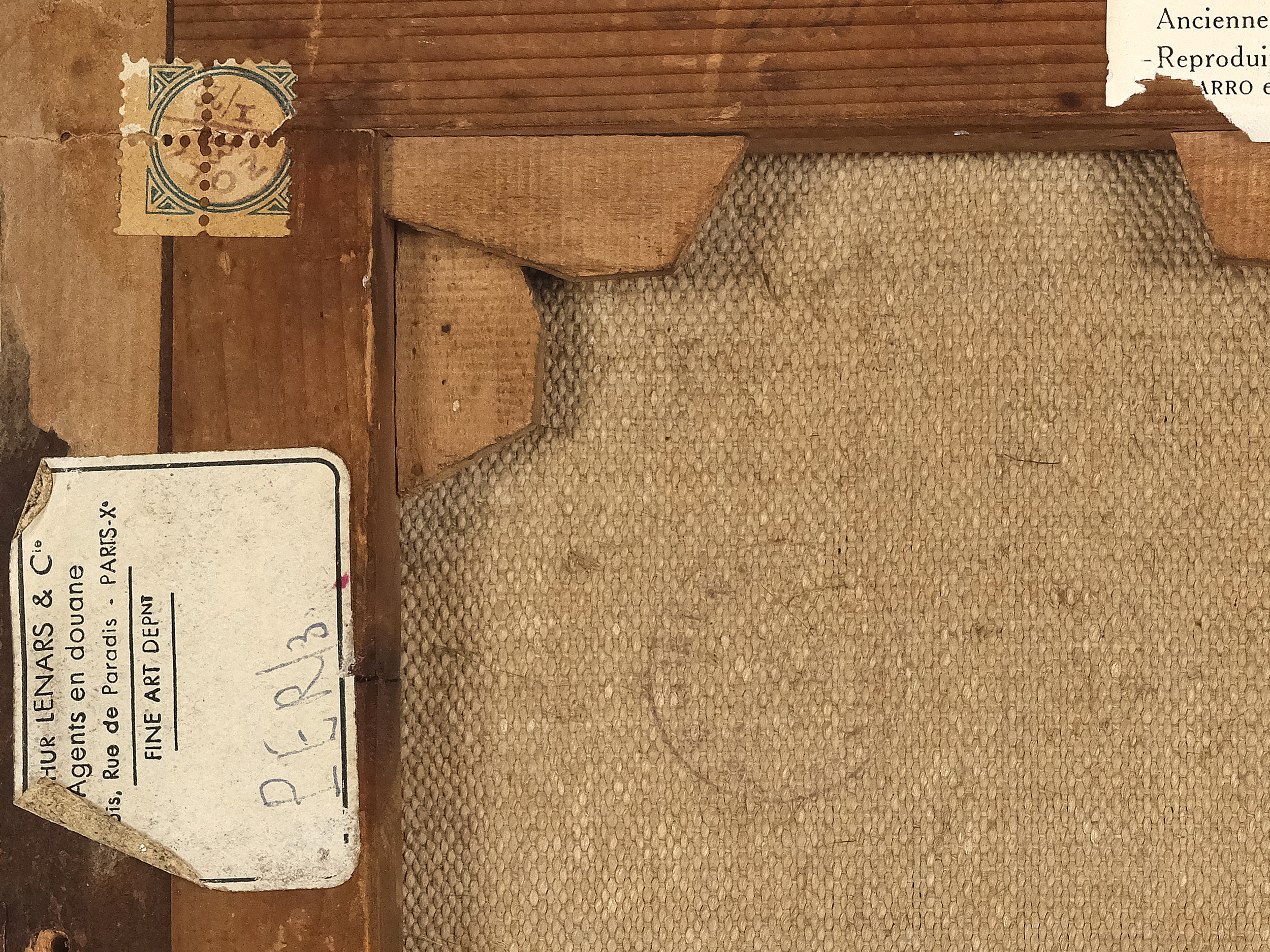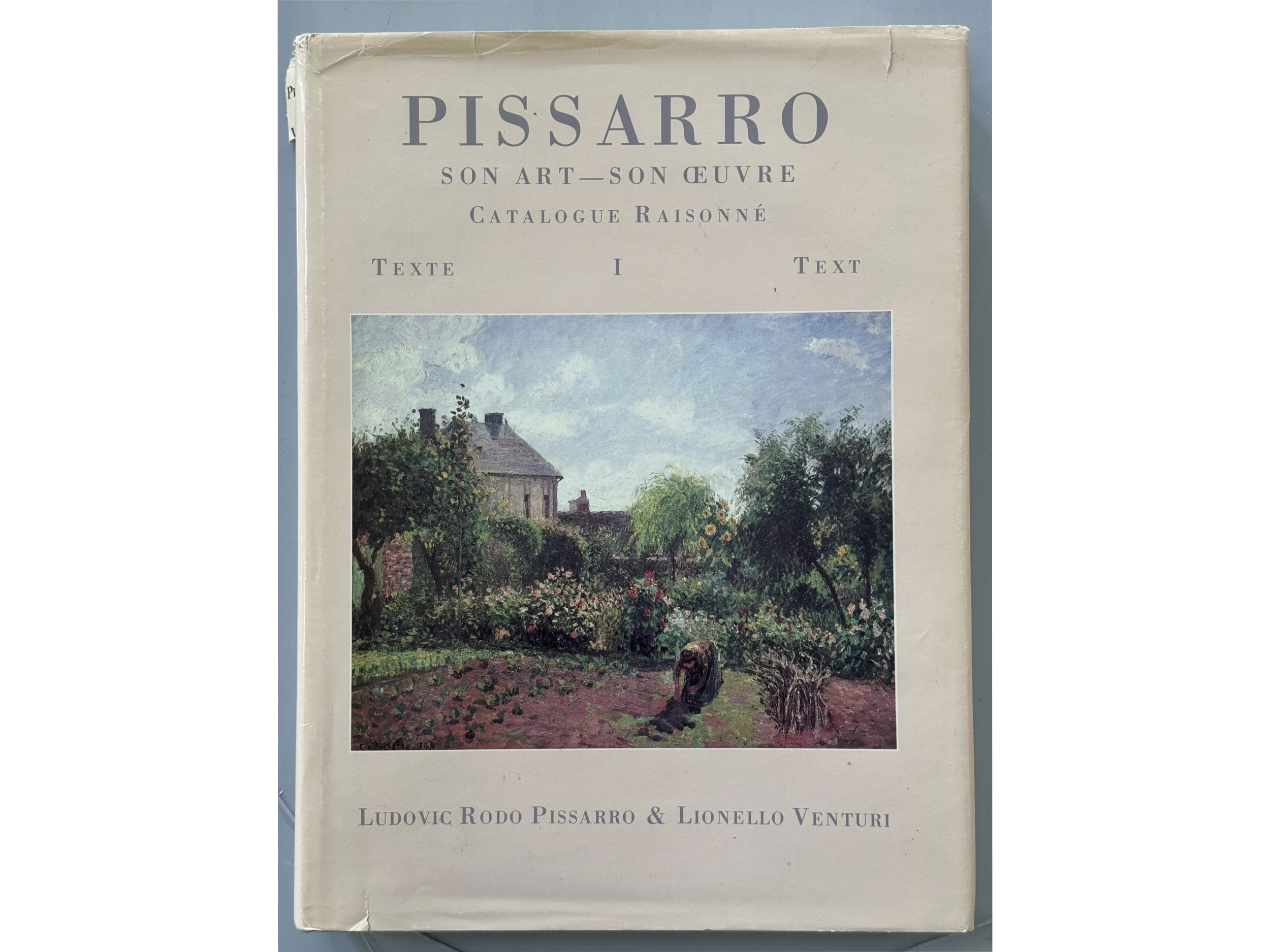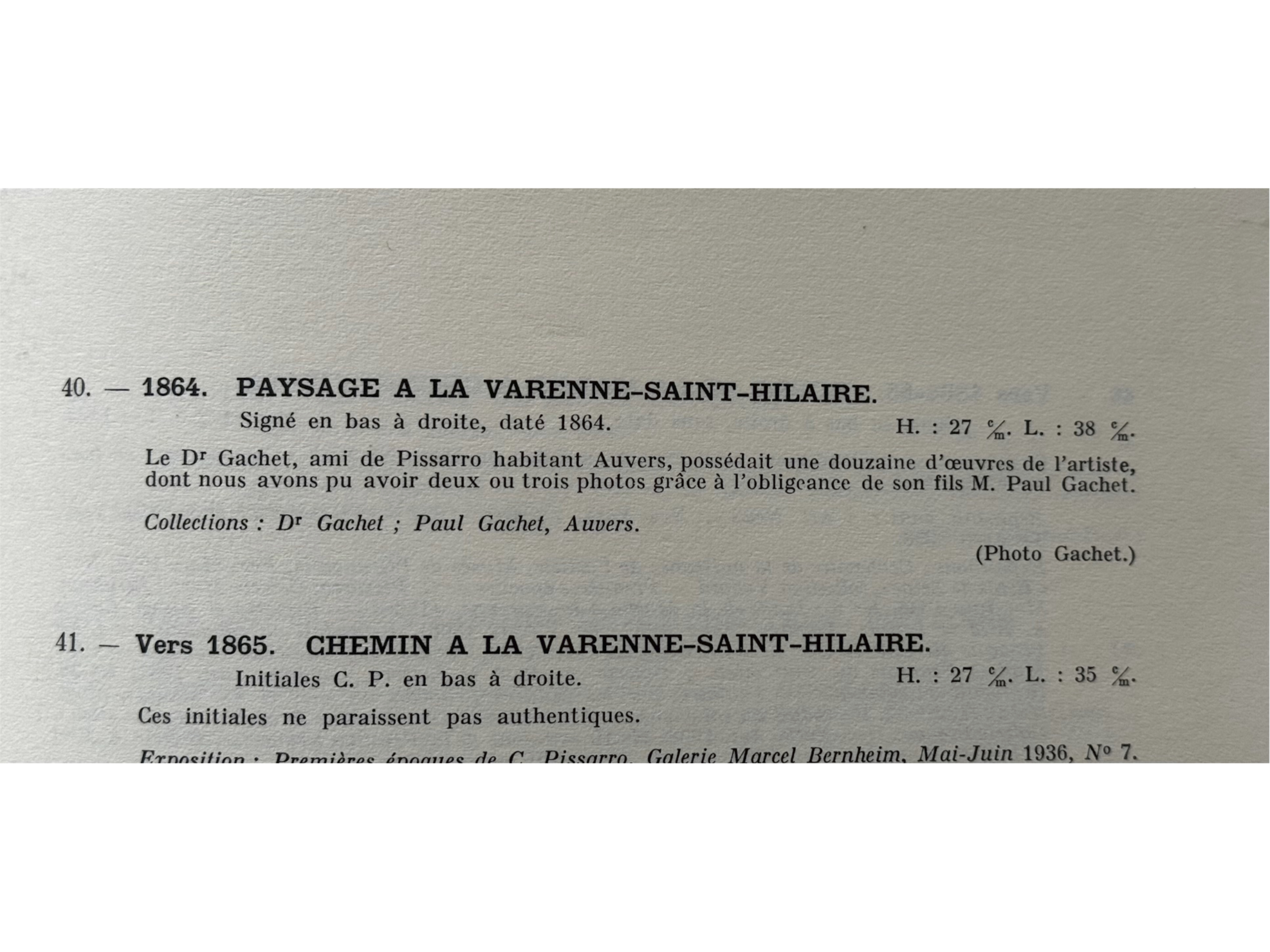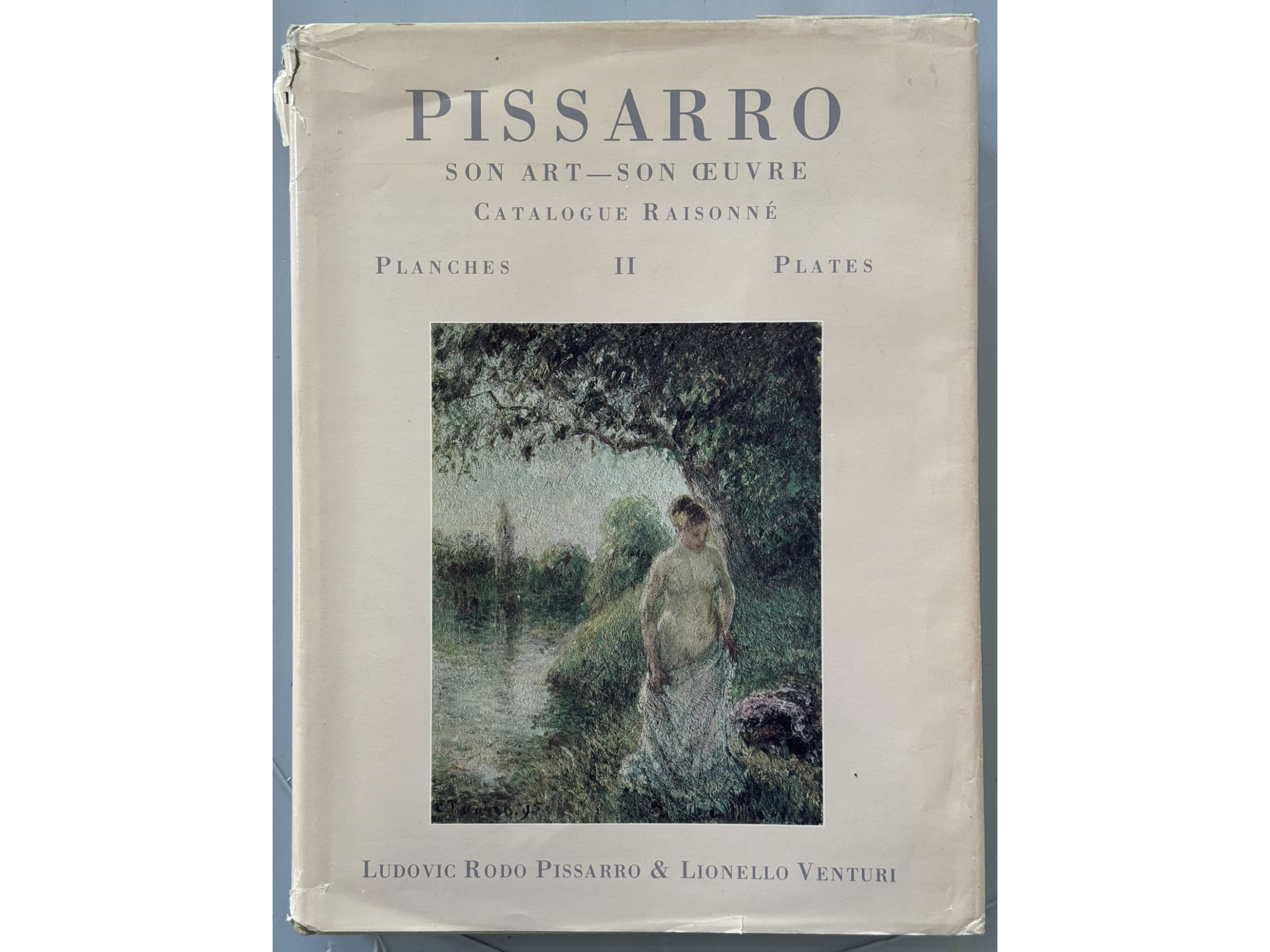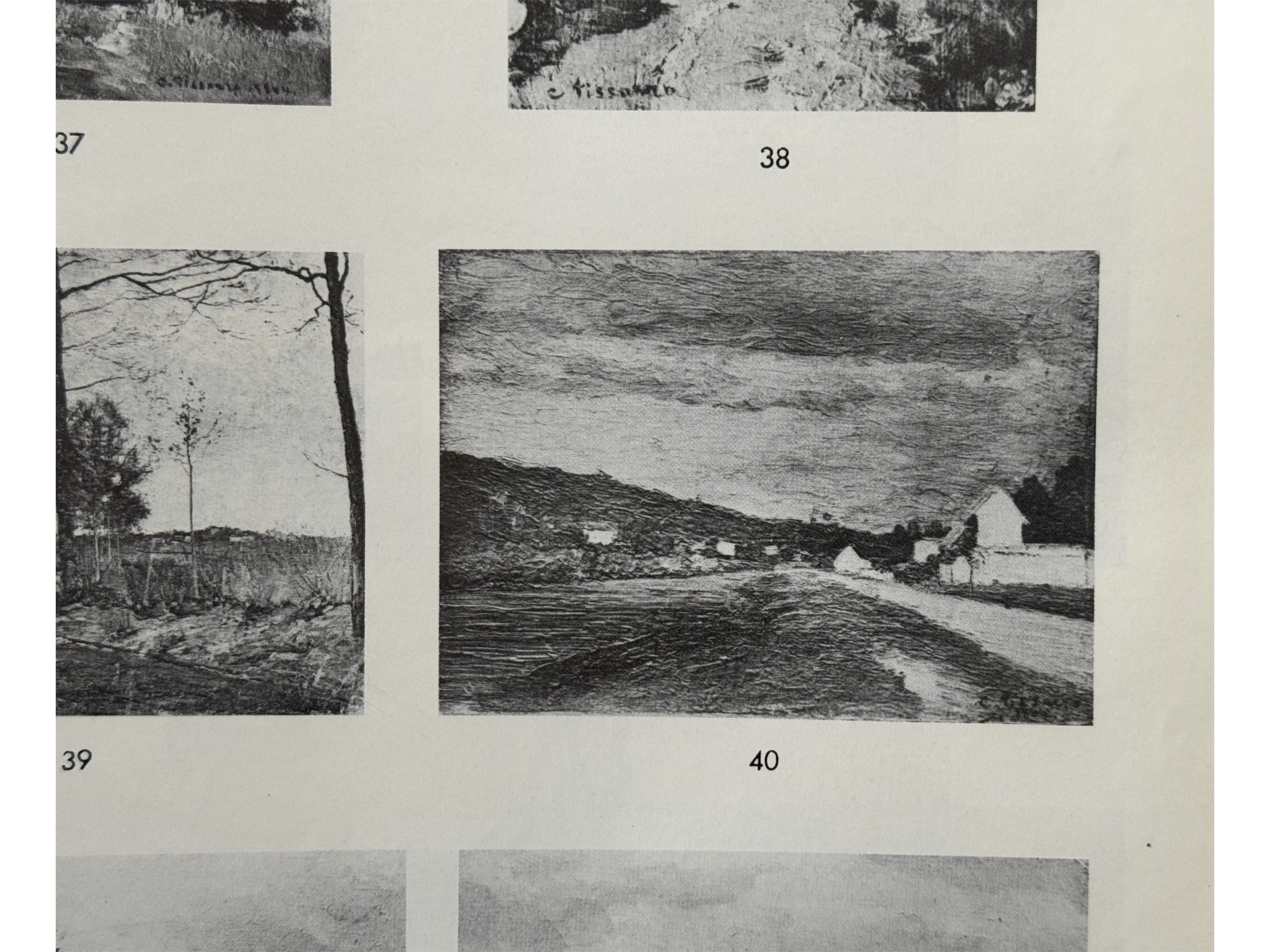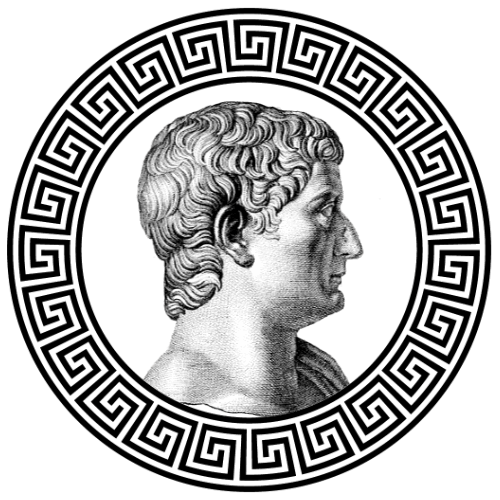Camille Pissarro
14th Tiberius Auction
Camille Pissarro
Starting price:
€ 40.000
- USD: 42.120 $
- GBP: 33.336 £
Estimated price: € 60.000 / 120.000
| from | to | bid increment |
|---|---|---|
| 0 € | 99 € | 5 € |
| 100 € | 199 € | 10 € |
| 200 € | 399 € | 20 € |
| 400 € | 999 € | 50 € |
| 1.000 € | 1.999 € | 100 € |
| 2.000 € | 3.999 € | 200 € |
| 4.000 € | 9.999 € | 500 € |
| 10.000 € | 19.999 € | 1.000 € |
| 20.000 € | 39.999 € | 2.000 € |
| 40.000 € | ∞ | 5.000 € |
Camille Pissarro
Charlotte Amalie 1830 – 1903 Paris
Paysage à la Varenne-Saint-Hilaire
Oil on canvas relined
27 x 38 cm, framed 54.5 x 64 cm
Signed & dated 1864 on lower right
Provenance: Dr Gachet; Paul Gachet, Auvers
Literature: Ludovic Rodo Pissarro & Lionello Venturi, Pissarro. Son Art – Son Oeuvre. Catalogue Raisonné, text no. 40, pl. 7.
This striking landscape, Paysage à la Varenne-Saint-Hilaire, is a key example of Camille Pissarro’s early work, capturing the dramatic beauty of the French countryside. Born in 1830 on the island of St. Thomas in the Danish West Indies, Pissarro moved to Paris, where he developed his foundational painting techniques. There he learnt from the important landscape painter and main representative of the Barbizon School, Camille Corot, from whom he soon began to break away in order to pursue his own style. Among other things, he was also known for his collaboration with Paul Cézanne, who also inspired him in his artistic work. Known as one of the most important figures of the Impressionist movement, Pissarro’s career spanned several decades and saw the development of groundbreaking approaches to plein-air painting, including a focus on rural landscapes and the everyday life of the countryside.
Context of the Painting
This painting, created in 1864, represents a transitional period in Pissarro’s work, when he was still exploring traditional landscape composition before fully embracing Impressionism. Set in the village of Varenne-Saint-Hilaire, a commune located on the outskirts of Paris, the work reflects the artist’s growing fascination with rural France, which would come to define much of his oeuvre. The setting—fields and village houses framed by a dramatic sky—was a typical subject for Pissarro during this time, as he sought to capture the quiet but powerful atmosphere of the natural world.
In this piece, the artist uses a darker, more tonal palette than seen in his later works. The dark greens of the field in the foreground, along with the road leading the viewer’s eye toward the middle ground, evoke a sense of depth. The contrasting tones of the village, juxtaposed with the imposing presence of distant mountains and the lively, cloud-filled sky, create a harmonious yet dynamic composition. The vivid brush strokes breathe life into the scene, already hinting at the techniques he would later refine during the height of the Impressionist movement.
Dr. Paul Gachet: The Collector
The painting’s provenance adds considerable significance to its history. It was once part of the prestigious collection of Dr. Paul Gachet, a notable patron of the Impressionist movement and a close friend of many key figures, including Pissarro, Monet, and Renoir. Gachet, a physician and art enthusiast, is perhaps best remembered for his close relationship with Vincent van Gogh, who famously painted two portraits of him during his time in Auvers-sur-Oise. Gachet’s support for avant-garde artists, particularly his efforts to care for them both medically and financially, earned him a prominent place in art history. His collection included numerous works by Pissarro, Cézanne, and van Gogh, solidifying his role as an essential figure in the development of late 19th-century art.
Gachet’s influence extended beyond his medical practice; he was also an accomplished amateur artist and engraver, and he amassed a vast collection of Impressionist and Post-Impressionist works. His patronage provided a crucial lifeline to artists like Pissarro during periods of financial difficulty. As such, the ownership of this painting, “Paysage à la Varenne-Saint-Hilaire“, by such a significant collector underscores the painting’s cultural and historical importance.
Legacy of the Painting
This landscape, with its dramatic scenery and masterful use of light and shadow, marks an essential chapter in Pissarro’s evolution as a landscape artist. It reflects the growing influence of plein-air painting while retaining ties to earlier traditions of landscape composition. Pissarro’s works from this period lay the groundwork for his later masterpieces, where the vibrant interaction of light and color would take center stage.
The presence of Paysage à la Varenne-Saint-Hilaire in the collection of Dr. Paul Gachet further enhances its significance, connecting it to one of the most influential art patrons of the 19th century. As both a work of art and a historical artifact, this painting offers invaluable insight into Pissarro’s early work and the vital role that Gachet played in shaping the careers of Impressionist artists.
Bibliography
Patrick Bade, Monet and the Impressionists, 2003.
George Heard Hamilton, “Pissarro, Camille”, in: Halsey, William D. Halsey (eds.). Collier’s Encyclopedia Vol. 19, New York 1976, p. 83.
Joachim Pissarro (eds.), Pissarro: Catalogue Critique des Peintures, Vol.I-III, Paris 2005.
John Rewald, Masters of Art: Pissarro, 1989.
Ralph E. Shikes-Paula Harper, Pissarro: Der Vater des Impressionismus, Königstein 1981.


